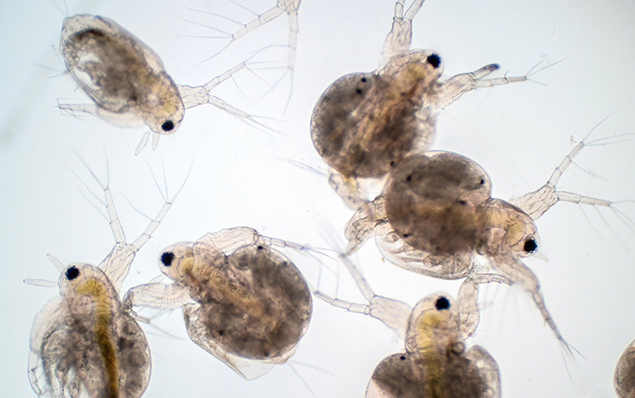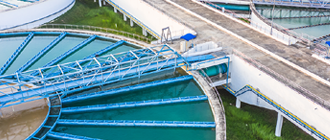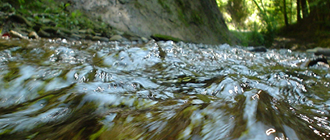Tame-Water offers analytical services by bioassays to evaluate the ecotoxicity of raw materials up to complex cosmetic formulas. The purpose of these analyses is to study the impact of the cosmetic product or its ingredients on living organisms, in various ecosystems.
Adapted to all types of cosmetics (liquid, cream, solid...), Tame-Water is able to mobilize different panels of bioassays selected according to scientific, technical and economic criteria, depending on the defined risk or the question considered.

Ecotoxicological analyses benefits
Environmental risk assessment
Bioassays are perfectly adapted to the evaluation of the ecotoxicity of cosmetic substances or formulations. In fact, they are favored by European regulations, particularly for assessing environmental hazard and risk.
Regulations, certifications and labels
Ecotoxicity is a criterion in the regulations or for the attribution of labels, according to the OECD or ISO guidelines. The regulatory bioassays, normalized and standardized proposed by Tame-Water allow cosmetic actors to comply with the regulations and to obtain specific labels.
Complementary to physico-chemical tests
The characterization of environmental matrices by physicochemical analysis does not always allow to predict synergistic effects between the various compounds present, sometimes at very low concentrations.
Tame-Water's bioassays are able to study and predict, by extrapolation, the behavior and effects of pollutants in the short and long term in ecosystems.
Complete and customized offer
In addition to these regulatory analyses, Tame-Water has developed complementary analytical services: endocrine disruption, genotoxicity, phototoxicity...
This complete offer in terms of ecotoxicity, allows cosmetic actors to validate the harmlessness of their formulation in the environment, to anticipate regulatory changes and to enhance their environmental approach with their customers.
Resources
Regulatory, normed and standardized ecotoxicological analyses
- Daphnia magna (ISO 6341 & OECD 202)
- Selenastrum capricornutum (ISO 8692 & OECD 201)
- Aliivibrio fisherii/Microtox (NF EF ISO 11348) under GLP conditions
Daphnia magna
Daphnia is a crustacean common in stagnant waters. This organism is widely used to assess the ecotoxicological risks of chemicals.
The acute ecotoxicity test, Daphnia magna (ISO 6341, OECD 202) is a test framed by ISO 6341 (2012). This test determines the acute toxicity of a chemical to Daphnia magna Straus.
Principle:
- Daphnia, less than 24 h old are exposed to a sample taken over a period of 24 h to 48 h.
- The measured parameter is the inhibition of the swimming of Daphnia. This inhibition is evaluated after 24 h and/or 48 h of exposure (according to the requirements of the users or the national authorities).

Selenastrum capricornutum
Selenastrum capricornutum is a species of freshwater microalgae. This bioassay is based on the analysis of the growth of the microalga and is framed by the ISO 8692 standard (2012).
Principle:
- These algae are brought into contact with a test sample.
- The test is incubated at a temperature of 23 °C ± 2 °C and under constant illumination for a period of 72 h.
- A percentage of growth inhibition is determined.
Aliivibrio fisherii/Microtox
The microtox test framed by the NF EF ISO 11348 standard, uses a bioluminescent bacterium: allivibrio fisherii which is sensitive to the presence of certain known toxic substances.
Principle:
- This bacterium emits light when it is healthy then its emitted light decreases when it is exposed to toxic substances. Thus, the higher the toxicity of the sample, the lower the light emitted.
- Measuring the change in light intensity between healthy bacteria and bacteria exposed to toxic substances therefore indicates the presence of a toxin in a sample.











